
Surgical removal of esophagus or esophagectomy is a major operation. It can last for up to eight hours. It is often done by replacing the removed esophagus with the stomach, by pulling the stomach into the chest cavity and reconnecting it with the remaining esophagus. It takes a lot of energy out of the patient and the recovery process is long. But following certain recovery guidelines will minimize the recovery time and risks.
Waking up after esophagectomy
Waking up after the surgery is not the most pleasant situation to find one self in. It involves opening the eyes to numerous tubes connected to and entering the body. All incision wounds are connected to a drain tube. A feeding tube is connected to the stomach and there are tubes in the nose and throat to drain the fluids build up. Pain relief medication is supplied through the needles in arm and possibly the spine. Inflatable cuffs can be set around the calves to stimulate the blood flow. And of course the tube used to drain the urine for the first day in bed.
Pain relief
Due to the pain and discomfort caused by the surgery and the invading tubes, the patient is usually given some patient controlled anaesthetics. Overall amount of the administered anaesthetics is controlled by medical personnel so developing dependency or overdosing is not possible.During the surgery, one lung may be collapsed by the surgical staff. This is one more reason why breathing exercises after the surgery are essential for recovery. The exercises expand the lungs and eliminate fluid build-up that can cause pneumonia. The patient's breathing is measured by spirometer accompanied by coughing that helps expel fluids and mucus.
One of the major risks after the surgery is leaks between the esophagus and the stomach. These leeks can fill the chest cavity with food and drinks which can lead to infection. This is why the patient is not allowed food or liquid through mouth several days after the surgery. The feeding is done through the feeding tubes until the wounds are healed which is controlled by testing. After the wound tests are passed, the patient starts eating soft and liquid foods and slowly progresses to normal diet.
Back on the feet
One of the important factors in recovery is exercise. The workout needs to be very light especially in the beginning. Due to the body weakness and limited mobility walking is the perfect choice. The patient will be encouraged and assisted to get out of bed and start walking as soon as possible. Medical personnel will monitor and control the patient’s oxygen intake and prevent over-exertion. After some time the patient will start moving up stairs which is an important test of capability to go home.


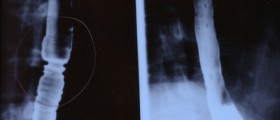
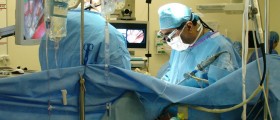





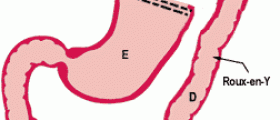
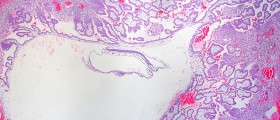




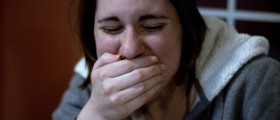
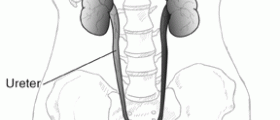
Your thoughts on this
Loading...